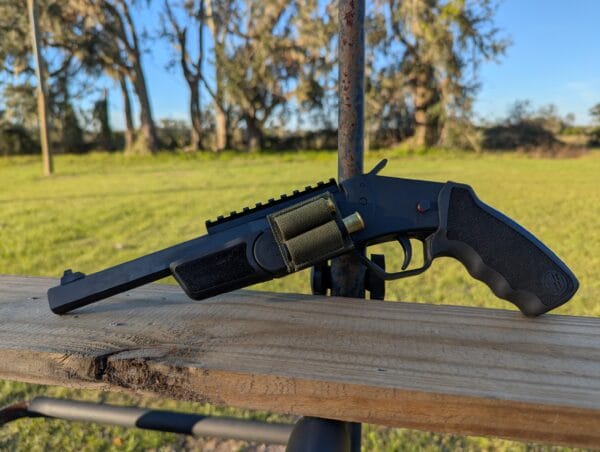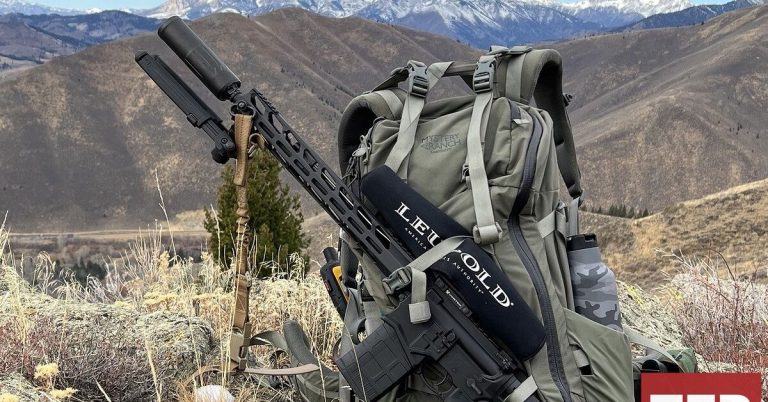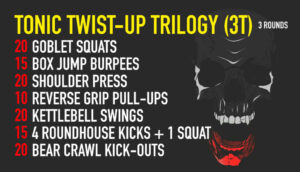
Whether in an Excel spreadsheet or in a notebook, recording your reloading data is invaluable.
A friend recently purchased a used rifle—a cool, old Remington 700 in the classic .280 Remington—which proved to be particularly finicky. He got his hands on what factory ammunition he could find, and the gun just didn’t seem happy. It was struggling to print 1½ MOA, though the previous owner had insisted it was a “tack driver.” Scratching his head, my pal asked the previous owner exactly what ammunition it shot so well, and the older gentleman proudly told him, “My handloads.”
“Um, sir, do you by any chance have that data for the rifle you sold me?” The gentleman proudly nodded in the affirmative and ambled off to find “the book.” Thumbing through the pages, he stopped on a page that contained a rather detailed record of the old timer’s load development, culminating in the final choice: a 160-grain Nosler Partition over a load of IMR-4350, all sparked by a CCI-200 large rifle primer. Cartridge overall length was also noted, along with a velocity as suggested by whatever reloading manual the gent had used.
My friend brought that data to my shop. With all those components on-hand, in a matter of a half-hour we had some test loads cobbled together, and I sent him on his way to the range. When my phone rang about 90 minutes later, my friend’s elated voice told me all I needed to know—the rifle was shooting as he wanted it to. Three of those classic Noslers were printing groups measuring less than ?-inch at the 100-yard target board, and we had a happy camper on the butt end of the rifle … all because a reloader had the wisdom to keep diligent records.
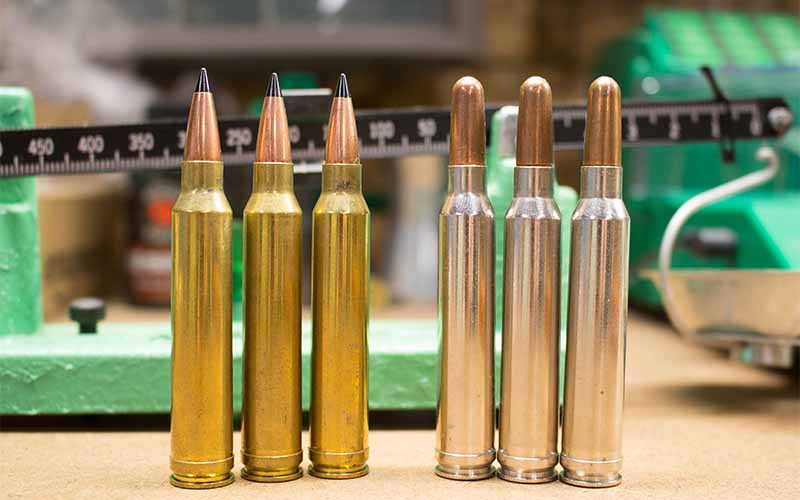
Be Diligent
Fast-forward to the digital age, where smartphones, voice notes and the evil Excel spreadsheet have all helped to displace handwritten notes, the keeping of records has been both enhanced and diminished equally.
I was raised working as a land surveyor. In that aspect, I have a deep and unwavering respect for keeping detailed and diligent notes, and that undoubtedly carried over to my time as a reloader. Now, with the technological era having firmly taken root—even in the reloading world—there are some wonderful benefits to having these digital tools and the ability to store our data within the machines. However, there are very strong points to be made for keeping a good, old-fashioned notebook for all of your reloading experiences and adventures.
I’ve often referred to reloading manuals as a simple snapshot in time, or a laboratory report of one particular rifle’s interactions with varying combinations of bullet, primer, case brand, and powder type and charge weight. As serious reloaders know, few—if any—loads are universal, as the subtleties involved with the components of the load and the construction of the rifle or handgun can play a huge role in the variations from the listed data in any manual.
So, it’s essentially up to the individual reloader to create their own manual for the firearms they own and load for. Keeping detailed records of both successes and failures will not only shed light on the trials and tribulations of load development, but it will save time in future endeavors.
What data should we be keeping records of? I’m glad you’ve asked.
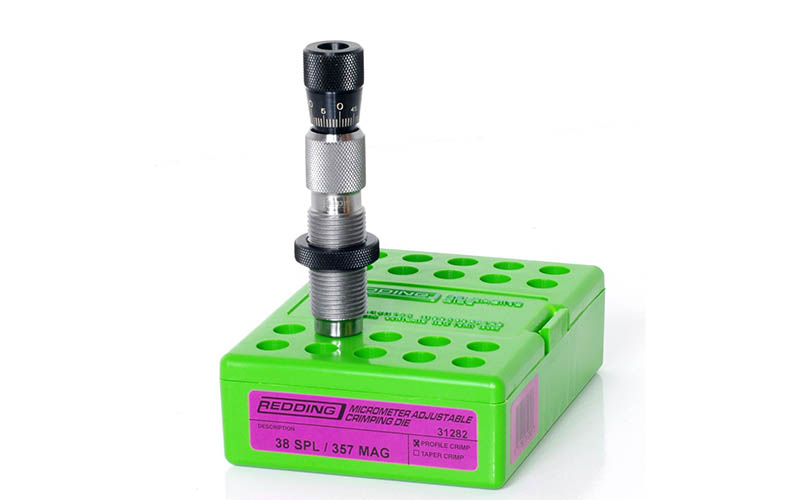
Reloading Data: Which Numbers Matter?
Quite obviously, for each cartridge loaded for, you’d want to know the case brand; primer brand and type; powder brand and charge weight; bullet brand, make and weight; and seating depth. I also want to see the number of times these cases have been fired and/or trimmed (if at all), and the depth to which they were trimmed. I want to know whether the bullet has been crimped, whether it was a roll crimp or taper crimp.
For the long-range crowd, the double-rifle shooters or even for the more picayune reloaders, group size and velocity measurements taken at each range session could be recorded, along with the correlative weather conditions, including temperature and humidity, to derive the effects of environmental factors.
For those who make every effort to keep things as consistent as possible, the lot number of the powder used might even be recorded.
Those disciples of the long-range arts are heavily dependent on uniform velocity figures, much more than hunters who spend the vast majority of our time inside of 300 yards. To those “reach-out-and-touch-’em” folks, variations of 25 to 50 fps will make a definite difference out past 1,000 yards.
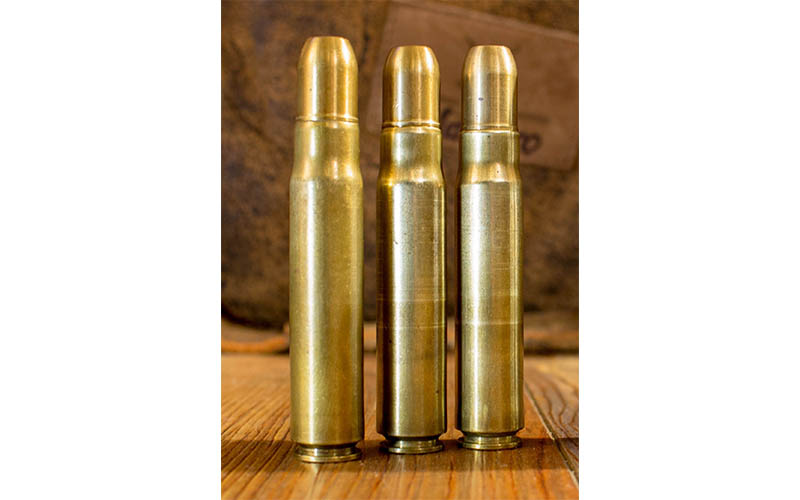
For the double rifle crowd—who are aiming for a specific velocity to match the ammunition with which the rifle was regulated—you’ll often see a summer load and a winter load developed. The temperature difference can have a measurable effect on accuracy and how well the two barrels throw their shots.
All this information can be entered into a computer program—I do like Excel for its ease of layout—but I only use the electronic means of storing data as a backup. I still prefer to handwrite my notes, as it allows me to record my thoughts and observations without the confines of a box on a spreadsheet.
And, to me, that notebook is sacred: the one that has all the reports of finally finding the perfect combination, or has the red letters, “DON’T EVER DO THAT AGAIN!”
Editor’s Note: This article originally appeared in the March 2024 issue of Gun Digest the Magazine.
More On Reloading:

Next Step: Get your FREE Printable Target Pack
Enhance your shooting precision with our 62 MOA Targets, perfect for rifles and handguns. Crafted in collaboration with Storm Tactical for accuracy and versatility.
Subscribe to the Gun Digest email newsletter and get your downloadable target pack sent straight to your inbox. Stay updated with the latest firearms info in the industry.








